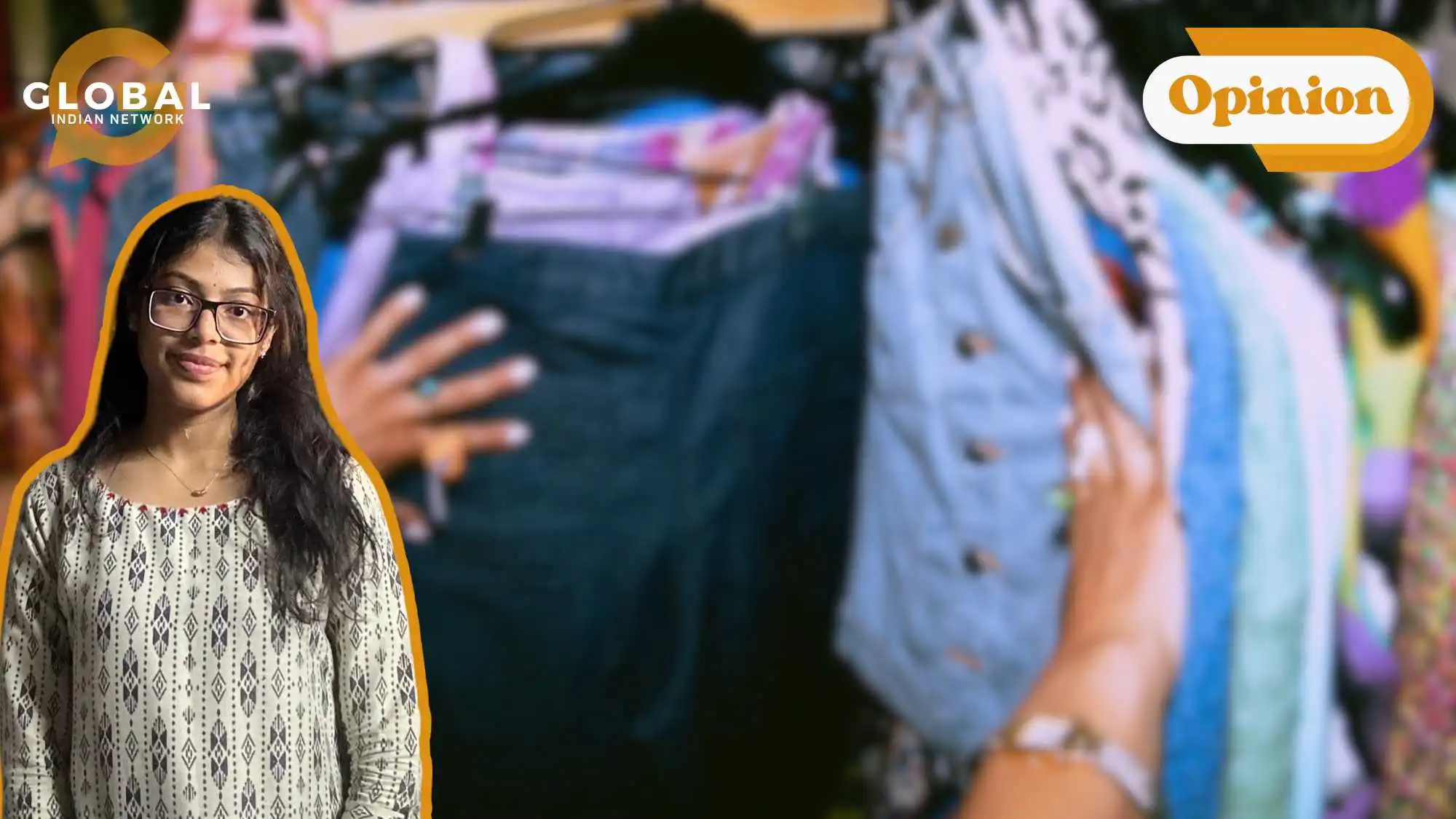In recent years, thrift shopping has become much more popular and a cultural phenomenon. These stores are not simply places to shop; they reflect the more general changes in what consumers see as personal and social, especially for youth at this time in our history. Thrift shopping becomes not only an environment to initiate ideas, from fast fashion to ideas on sustainability, creativity, and social consciousness but also a platform to endorse paradigms outside the structural discourse of mainstream retailing.
A Revolt Against Fast Fashion
Fast fashion is the “quick manufacture-lots of clothes-poor priced” type, and for all that, it is the most popular in world apparel markets. However, there is some backlash against the brand on environmental and ethical grounds. The apparel industry contributes almost 10% of the total global carbon emissions, uses billions of gallons of water, and exploits labour in production bases, giving reasons enough for consumers to try various alternatives.
Thrift shopping is a direct antithesis of all the expensive wastage from fast fashion. By thrift shopping, buyers prolong the life cycle of garments, and as a result, new production will be reduced, and its environmental impact will become small. It is a very affordable way to live sustainably without costing you much.

The Thrill of the Hunt
A great deal of the excitement for thrift shopping is the treasure hunts that borrowers can embark upon. Most of those traditional shops pile everything according to size, style, or commodity, but thrift stores are like a treasure chest holding small wonders. For the scavenger hunt experience, each visit must promise to uncover something from vintage dresses to all those quirky retro jackets or even accessories.
It has especially attracted the generation of self-expression-obsessed youths. They can find themselves wearing a wardrobe entirely different from the next person with a bit of modern mixed in with the vintage charm. In a world full of mass-market goods, looking different has never been more important.
Economic Accessibility
Beyond its environmental benefits, thrift shopping is also a financial lifeline for many. Inflation and concern over disposable incomes caused by economic fall and rise allow one to use a thrift store, where one can find pieces from high-end designers at thrift shop prices.
For others, thrift shopping is different from cheap prices in the decision to spend some money on other channels instead of the fast-fashion source.
Challenges and Ethical Concerns
Although the thrift shopping culture presents many advantages, it includes challenges. The greater rise of numerous thrift stores now has also increased prices in many areas, making thrift shopping less accessible to most low-income communities, for which these stores were primarily set up. The other major concern is the aspect of ethical reselling. Though there are individuals who legitimately make money through reselling their thrift finds, drawing the lines between spirit and exploitation poses a challenge. For instance, buying in bulk from thrift shops will eventually deplete local stock, especially in places where inexpensive clothing becomes a necessity.
A Glimpse into the Future
The thrift shopping culture is not just a trend, it’s part of a broader movement toward conscious consumerism. The more people become aware of climate effects and social inequalities, the more they seek sustainable models for their lives, including fashion.
Furthermore, thrift shopping is evolving. Artificial intelligence and augmented reality will provide much more access by changing the mode through which consumers discover and buy old items. Imagine virtual thrift worlds where one can combine physical treasure hunting with comfortable online shopping.
Conclusion
Thrift shopping involves a great deal more than the simple saving of money; thrift shopping incorporates sustainability, individualism, and creativity. It is a place of fashion in the consumer society and recreates the cultural meanings of a more sustainable future.
Although there’s an economic chasm and the world is suffering from environmental crises, thrift shopping is a tiny but important action in a brighter future. The clothes we wear have so much more to do with the stories that weave their way into our individual lives than with the unchanging realities that they profess to represent. Therefore, the next time you enter a thrift store, just remember-you’re not simply buying clothes; you’re making a statement!

Let us know your thoughts in the comments below. If you have burning thoughts or opinions to express, please feel free to reach out to us at larra@globalindiannetwork.com.









